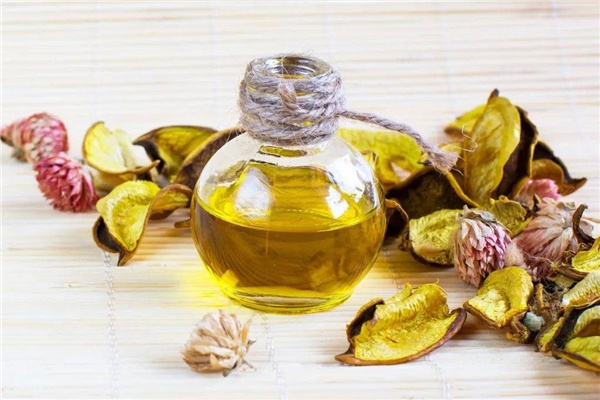Principle of cold ethanol extraction
Low temperature extraction is a method of extracting active ingredients from plant raw materials. The principle is to use solvents (such as liquid carbon dioxide, ethanol, acetone, etc.) under low temperature conditions to extract chemicals in plants. Compared with traditional high temperature extraction methods, low temperature extraction has many advantages, such as retaining more active ingredients, reducing thermal sensitivity to plants, and reducing environmental impact.

The principle of low temperature extraction mainly includes the following aspects:
1. Solute solubility: Solvents have lower relative dielectric constants and viscosity at low temperatures, which is conducive to better dissolution and diffusion of chemicals in plants. In addition, low temperature can also reduce the volatilization and decomposition of dissolved substances, thereby improving extraction efficiency and quality.
2. Stability of active ingredients: Under low temperature conditions, many active ingredients have higher chemical stability and can retain their activity to the maximum extent. In contrast, high temperature conditions are prone to destruction, oxidation or volatilization of active ingredients, resulting in a decrease in quality.
3. Selective extraction: Different solvents have different selectivity for different chemicals in plants. Extraction at low temperature can make specific active ingredients better dissolved by a certain solvent, thereby achieving selective extraction of target substances.
4. Energy saving and environmental protection: Compared with high-temperature extraction methods, low-temperature extraction can reduce energy consumption and environmental pollution. Since a large amount of heat is not required under low temperature conditions, energy consumption in the production process can be reduced. In addition, the solvents used in low-temperature extraction tend to have low volatility and toxicity, and will not cause too much risk to the environment and human body.
The specific operation process of low-temperature extraction usually includes the following steps:
1. Raw material preparation: crush and process the plant materials to be extracted to increase the extraction effect.
2. Solvent selection: select a suitable solvent for low-temperature extraction according to the characteristics of the target compound and the extraction requirements. Commonly used solvents include liquid carbon dioxide, ethanol, acetone, etc.
3. Extraction process: contact and mix the plant material with the selected solvent, and use the physical and chemical properties of the solvent to dissolve the active ingredients in the plant into the solvent. Usually, methods such as immersion, extraction or ultrasonic extraction can be used.
4. Separation and purification: separate the target compound in the solvent from the plant residue, which can be carried out by evaporation, freezing and filtration.
5. Quality evaluation: evaluate the quality of the extracted product, including component analysis, activity detection, residual solvent detection, etc.
In summary, low temperature extraction is a method of dissolving active ingredients in solvents under low temperature conditions. By selecting appropriate solvents, ensuring the stability of active substances, achieving selective extraction, and energy conservation and environmental protection, an efficient and high-quality plant extraction process can be achieved. Low temperature extraction has broad application prospects in the fields of medicine, food, cosmetics, etc.
Stainless Steel Mixing Equipment Application
Plate Centrifuges Application
Esterification Reaction In Fragrance Synthesis
Contact: Project Manager
Phone: +86-18120438367
Tel: +86-18120438367
Email: info@tycoretech.com
Add: No. 1, Optics Valley Avenue, East Lake New Technology Development Zone, Wuhan, Hubei, China
We chat
